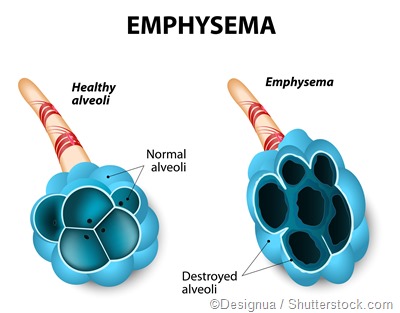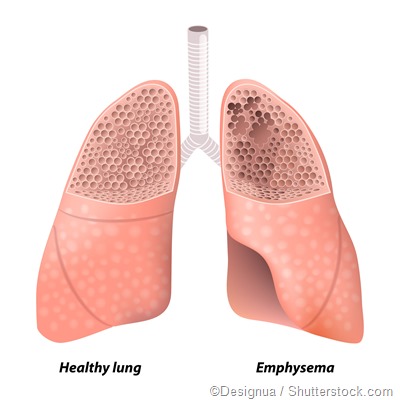For All The Latest Medical News, Health News, Research News, COVID-19 News, Dengue News, Glaucoma News, Diabetes News, Herb News, Phytochemical News, Cardiology News, Epigenetic News, Cancer News, Doctor News, Hospital News
Air pollution is air that contains a high concentration of pollutants that has the potential to cause harm to humans, animal, plants, or buildings. It is an important risk factor for the health of populations throughout the world. In fact, it has been estimated that outdoor air pollution caused 3.7 premature deaths on a global basis in 2012 alone.
The damaging effect of air pollution on the lungs depends on the type and concentration of the air pollutant. The most common types of air pollutants are:
For particulate matter, the smaller the size of the particles, the deeper it can travel into the airways and the greater the potential to cause damage to the lungs. PM2.5 refers to particles with a diameter less than 2.5µm, which are associated with causing more significant damage to the lungs.
The air pollutants and their concentration vary considerably according to factors such as the region, weather, and season.
People who are exposed to high concentrations of air pollutants may have acute symptoms that present shortly after the exposure. Symptoms may include:
Additionally, air pollution can also contribute to causing an asthma attack in susceptible individuals.
Research has shown that chronic exposure to air pollution is linked to a higher incidence of lung diseases, such as chronic obstructive pulmonary disease (COPD) and cancer.

In 2013, the World Health Organization (WHO) declared that air pollution was carcinogenic to humans, based on the wide epidemiological research based on the topic.

Some individuals are more likely to be adversely affected by air pollution than others. For example, people with existing lung conditions (e.g., asthma or COPD) are more likely to develop complications and negative effects associated with the pollution. Children and elderly people are also more likely to experience negative effects as a result of inhaling air pollutants.
For individuals who live in areas that are affected by high levels of air pollution, there are certain things that can help reduce the damage on a day-to-day basis. These include:
These techniques can be useful for those who are worried about their exposure to air pollution and related health effects. In addition to these, governmental bodies are currently taking measures to address the issue of air pollution, which is important to ensure the best outcomes for the health of current and future generations.